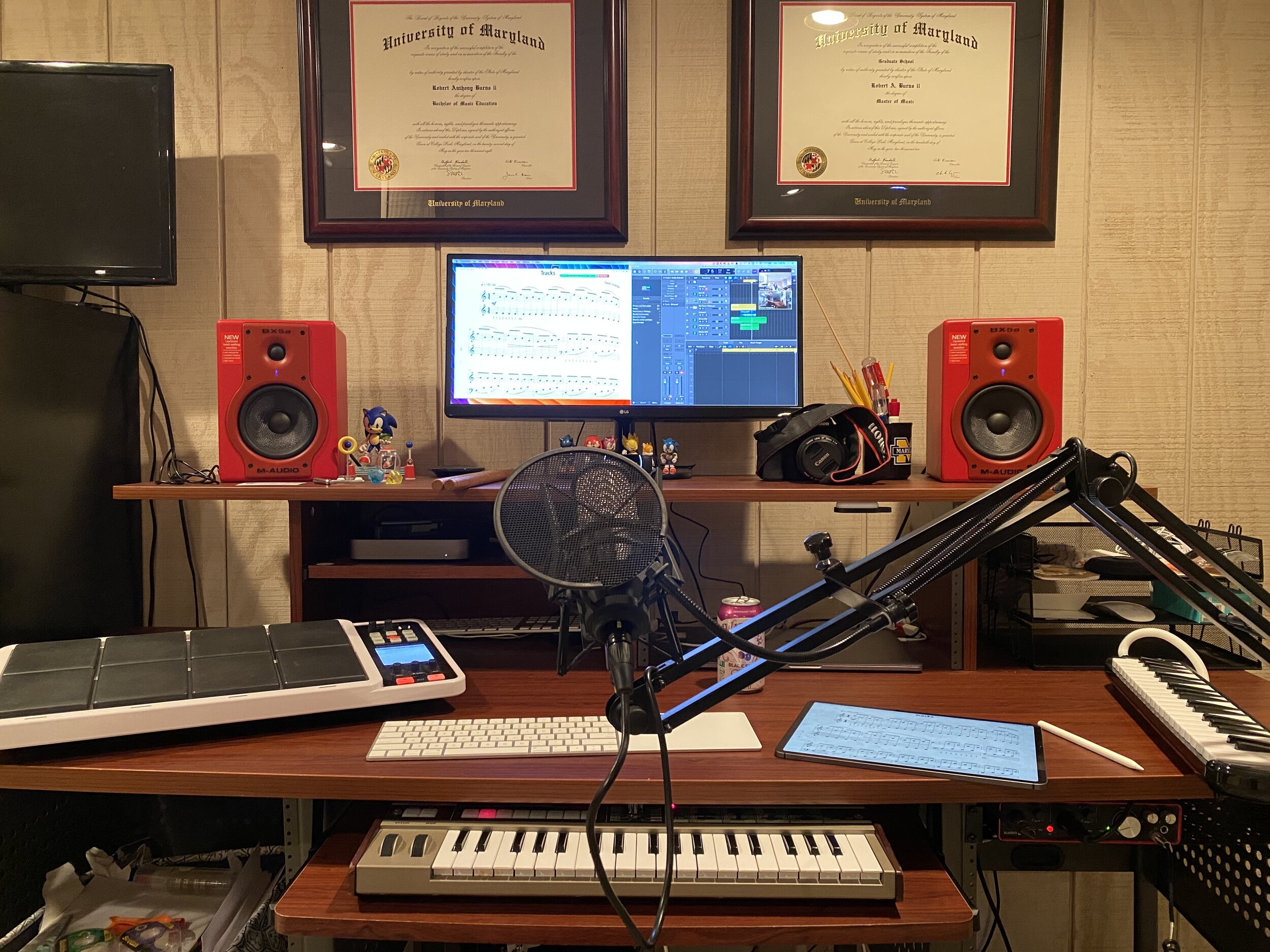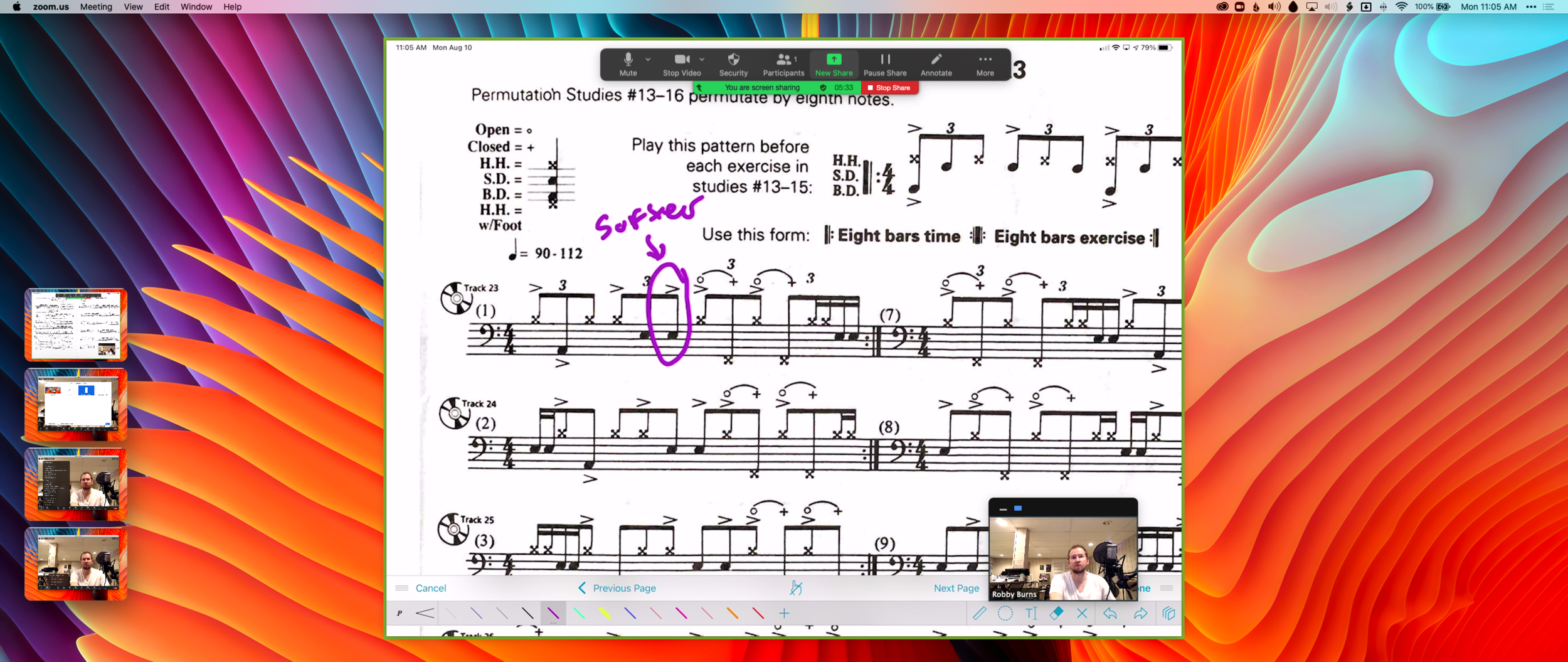In an upcoming episode of my podcast, Frank Buck and I talk a bit about automation. In that episode we reference a great service called If This Than That. I have been using it for years and though the service is free, they recently announced a Pro Version with a “choose your own price” subscription model.
You can choose a price as low as $1.99 a month until October 31. Since the podcast episode isn’t dropping until later in the week, I thought I would get this news out there now.
This is an extremely useful service that has been a part of my productivity workflow for years. IFTTT allows you to string together different apps and services to create automations, or, “Applets.” Some examples might include:
If I save a YouTube video to watch later, add a task to remind me to watch it
If I like a Tweet, save the attached article to a read it later list
If I am tagged in an Instagram photo, save it to my Dropbox
If I do an item on my to do list, log it in a row of a Google Sheet
If I pin something on Pinterest, share it to Facebook
The possibilities are limitless. The pro version adds a ton of features, for example:
Multi-step Applets
Queries and conditional logic
Multiple actions
Faster Applet execution
... and beyond.
IFTTT is a great tool and I strongly recommend you check our the new pro features before the end of this month!











